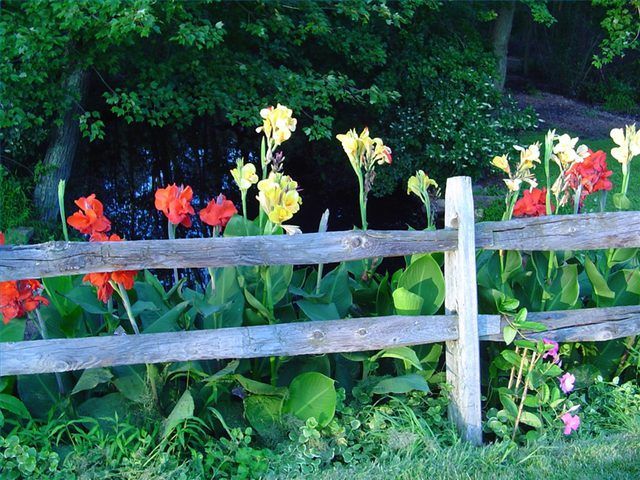Bulbs
Flower Basics
Flower Beds & Specialty Gardens
Flower Garden
Garden Furniture
Garden Gnomes
Garden Seeds
Garden Sheds
Garden Statues
Garden Tools & Supplies
Gardening Basics
Green & Organic
Groundcovers & Vines
Growing Annuals
Growing Basil
Growing Beans
Growing Berries
Growing Blueberries
Growing Cactus
Growing Corn
Growing Cotton
Growing Edibles
Growing Flowers
Growing Garlic
Growing Grapes
Growing Grass
Growing Herbs
Growing Jasmine
Growing Mint
Growing Mushrooms
Orchids
Growing Peanuts
Growing Perennials
Growing Plants
Growing Rosemary
Growing Roses
Growing Strawberries
Growing Sunflowers
Growing Thyme
Growing Tomatoes
Growing Tulips
Growing Vegetables
Herb Basics
Herb Garden
Indoor Growing
Landscaping Basics
Landscaping Patios
Landscaping Plants
Landscaping Shrubs
Landscaping Trees
Landscaping Walks & Pathways
Lawn Basics
Lawn Maintenance
Lawn Mowers
Lawn Ornaments
Lawn Planting
Lawn Tools
Outdoor Growing
Overall Landscape Planning
Pests, Weeds & Problems
Plant Basics
Rock Garden
Rose Garden
Shrubs
Soil
Specialty Gardens
Trees
Vegetable Garden
Yard Maintenance
Fence Landscaping Ideas
Fence Landscaping Ideas. Adding landscaping to a fence increases the beauty of the area. Landscaping can also be used to increase privacy, add fragrance and visually define the perimeter of your property. Choose the right type of plants for your budget, location and needs for a rewarding landscape.
Adding landscaping to a fence increases the beauty of the area. Landscaping can also be used to increase privacy, add fragrance and visually define the perimeter of your property. Choose the right type of plants for your budget, location and needs for a rewarding landscape.
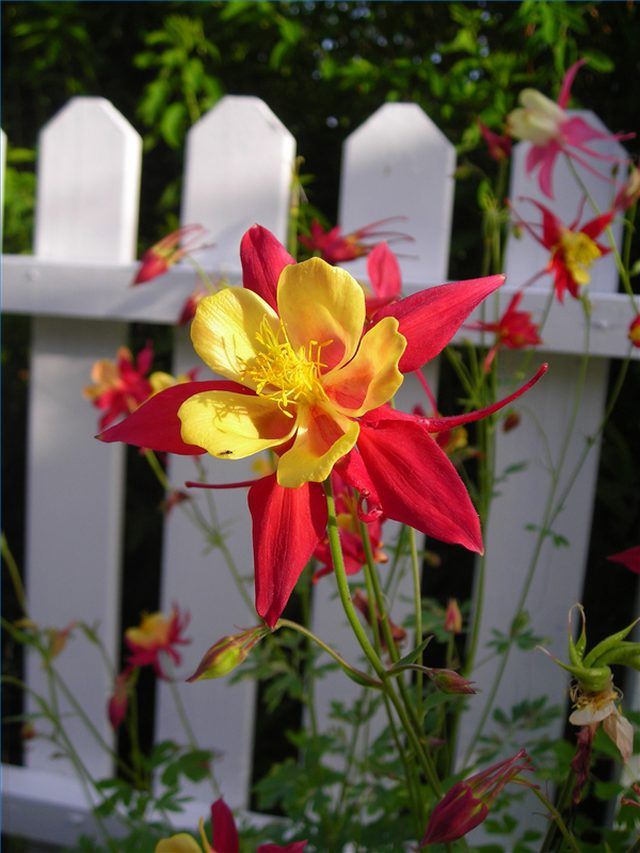
The most common use of landscaping near fences is to hide or minimize the look of the fence. Additional functions of landscaping may be to add privacy, take advantage of an underused planting space or attract birds and beneficial insects to the property.
Create the greatest visual impact in the shortest time by planting mature plants. Reduce upfront costs by planting younger plants, which will also give you more time to enjoy the nurturing aspect of gardening. Give young plants enough room to grow unimpeded by the fence or be prepared to transplant them as they mature. Choose plants whose roots will not undermine the fence's foundation over the years.
Give worn-out fences new life by creating a rustic design that complements the condition of the fence. Turn dilapidated planks of wood into a pleasing focal point by adding lavender or viburnum.
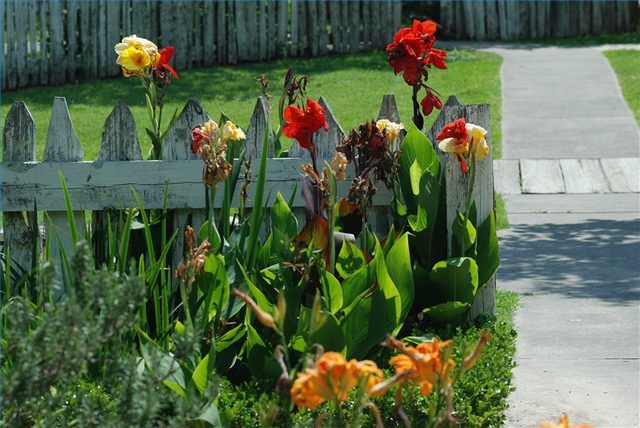
Landscaping for a fence can add year-round beauty to your property inexpensively. A fence can create a microclimate in the area next to it by blocking winds and/or raising temperatures. Make the most of this anomaly by planting specimens that may not grow as well in other parts of your property.
Intensify fragrances from flowers by planting them alongside tall, solid fences that prevent the aroma from dissipating quickly as they would in a more open area.
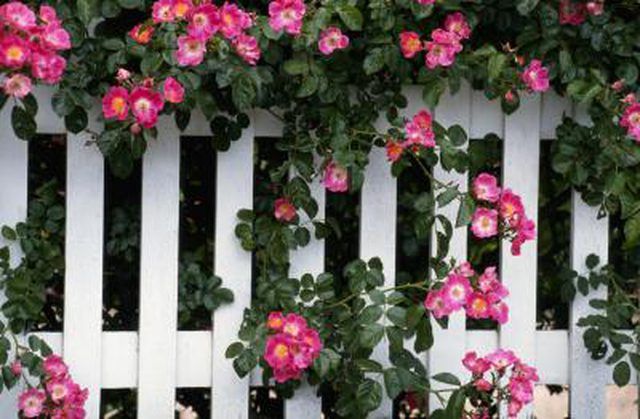
Use white fences as backdrops to highlight colorful flowers and foliage. See details on flowers more easily by putting the flowers in front of a plain fence. White or light-colored fences will reflect more light on plants, helping the plants to develop evenly.
Chain-link fences are open and provide excellent support for climbing vines such as Clematis paniculata, commonly known as Sweet Autumn Clematis, and Ipomoea alba, commonly known as moonflowers.
Let low-growing plants accent a fence, in particular, those fences with decorative tops. Bright bursts of color from marigolds anchoring a fence are visually appealing and easy to grow.
Put plants into containers in places where in-ground planting is not feasible. Container planting increases flexibility by making it easier to swap plants at shorter intervals without having to dig in the ground. Containers can add color, pattern and depth to an otherwise flat area.
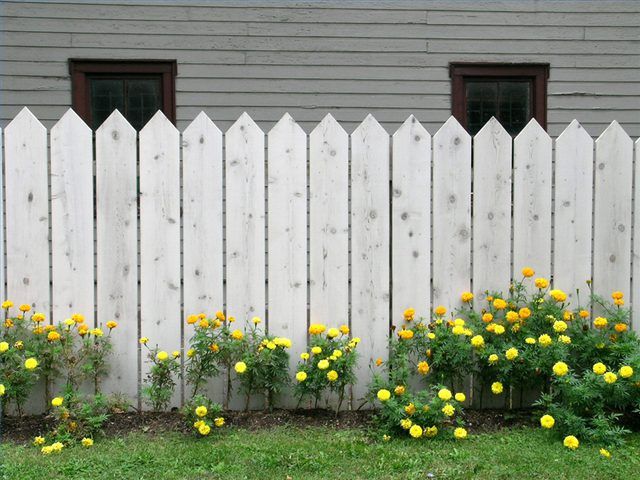
Watering plants near a fence can be tricky. Protect the fence and try to water only the plants and not the fence. Exercise caution when watering with a hose and direct automatic sprinklers to reach the plants but not as far as the fence.
Large plants with full foliage will reduce the amount of air circulating around the fence and will block direct sunlight, which raises the chance of fungus on wood fences or mold on vinyl fences. Add sealants and make repairs on fences before delicate flowers or winding branches limit your access to the fence.
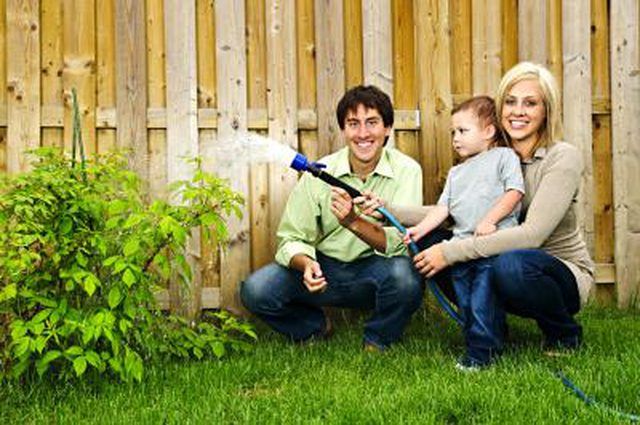
Do not plant invasive species on fence lines marking a neighbor's border without permission. Plants do not respect property deeds. Hedera helix, commonly known as English Ivy, is a prime example of a plant landscapers should avoid because of its aggressive growing habit. English Ivy will spread over, under and through fences.
Avoid creating attractive nuisances along any perimeter fences. Steer clear of plants that produce inviting but poisonous berries where children are likely to pass your property. Similarly, avoid pretty but prickly plants in those same areas.
